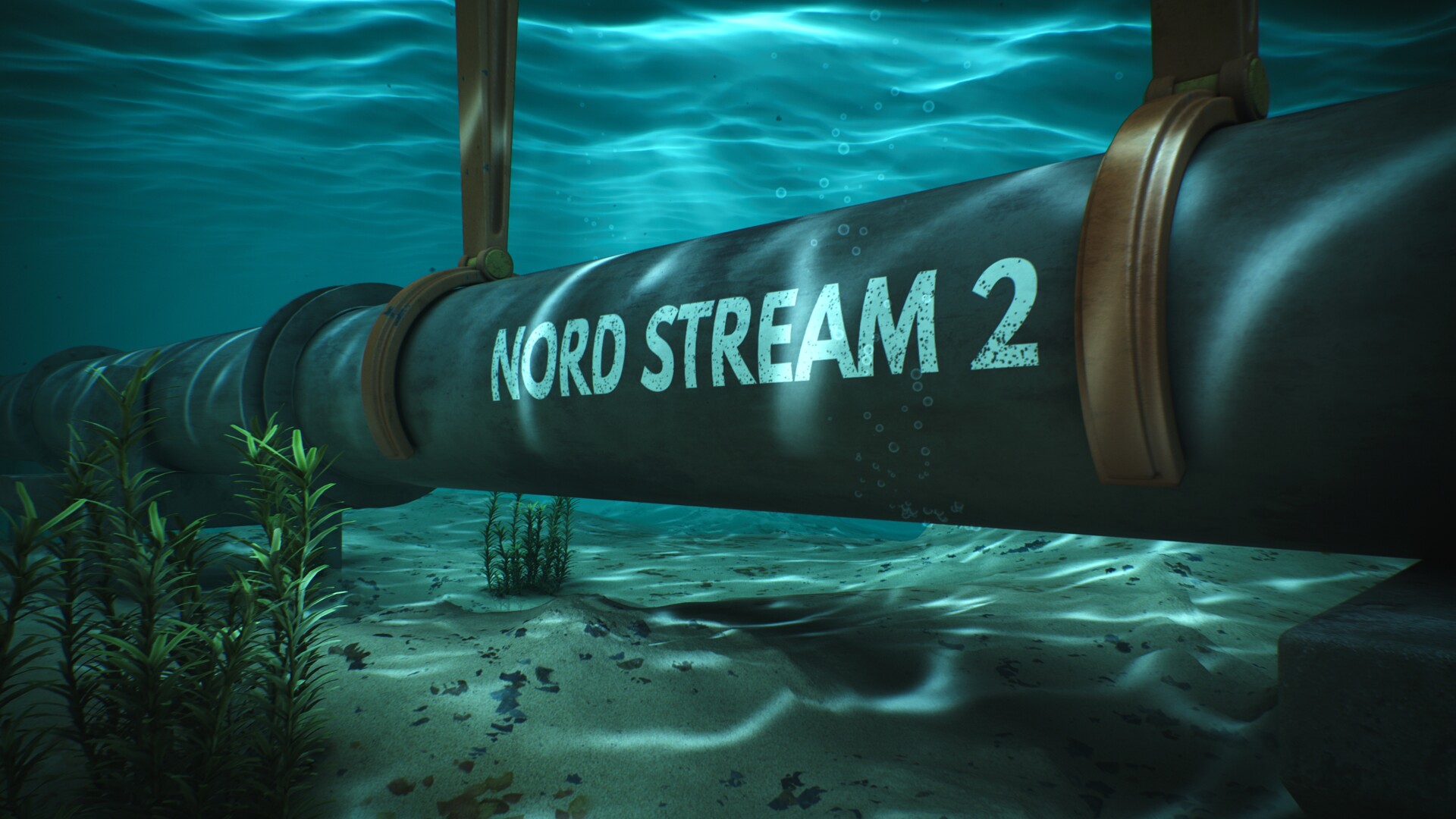On September 26, 2022, explosions occurred near the Danish island of Bornholm, targeting the Nord Stream and Nord Stream 2 natural-gas pipelines. The explosions severed three of the four underwater pipelines designed to transport natural gas from Russia to customers in Western Europe. The bombings occurred due to the tensions arising from the war in Ukraine, and the pipelines were not operational at the time. More than six months later, the identity of the saboteurs remains unknown, and multiple countries are still conducting their own investigations into the incident.
The Multiple Vessel Theory
German investigators believe that the saboteurs may have used multiple vessels to carry out their operation. Their earlier theory was that a small team of perpetrators used a rented 50-foot sailboat, the Andromeda, to plant explosives on the two pipelines. However, as the investigation progressed, they began to suspect that the boat may have been used as a decoy, and U.S. and European officials are now skeptical that the Andromeda played the key role. Experts noted that placing explosives on the pipeline by hand would have been challenging for divers, as they would be exposed to detection from nearby ships. Investigators are now considering the possibility of using remotely piloted underwater vehicles or small submarines.
The Mysterious Object
Denmark has reportedly found a mysterious object next to one of the damaged Nord Stream 2 pipelines. The Switzerland-based pipeline operator, Nord Stream 2 AG, has agreed to help identify it. However, Denmark has already said the object may be a maritime smoke buoy.
Pro-Ukraine Group Theory New intelligence suggests that a pro-Ukraine group, but not necessarily Ukraine-backed, was behind the sabotage. According to the report, the group was likely made up of Ukrainian and/or Russian nationals who were opponents of Russian President Vladimir Putin. The divers in the saboteur group were not currently working for military or intelligence services, but they may have been trained by them in the past, according to the intelligence. Governments investigating the bombings uncovered evidence that pro-Ukraine individuals or entities discussed the possibility of carrying out an attack on the Nord Stream pipelines before the explosions.
False-Flag Operation
U.S. and German officials have continued to emphasize that it remains possible the sabotage was disguised to look like it was perpetrated by someone else. Ukrainian officials have stressed this possibility — naming Russia as the likely sponsor — as well.
Why Not Russia?
After the sabotage, Poland and Ukraine immediately fingered Russia as the culprit, and both the U.S. and other NATO allies speculated as much themselves. However, U.S. and European intelligence agencies have reportedly been unable to find any conclusive evidence of Russia’s involvement. It also remains unclear what Russia would have had to gain from disabling their own pipeline, which they helped build and had already shut off.
U.S. Involvement?
Recently, American investigative journalist Seymour Hersh alleged that the U.S. had conducted a covert strike on the pipelines. Hersh’s report primarily relied on what appeared to be a single unnamed source, who he wrote had “direct knowledge of the operational planning” for the sabotage. The White House rejected his post as “complete fiction,” and some members of the OSINT community have detailed numerous holes in Hersh’s assertions. At this point, however, there is no evidence linking the U.S. to the sabotage.
In conclusion, the Nord Stream pipeline bombing remains a mystery. Despite the latest clues and ongoing investigations by multiple countries, no conclusive evidence has been found to identify the perpetrators. The sabotage has major geopolitical implications, as the Nord Stream pipeline is a significant component of the energy infrastructure in Western Europe.
